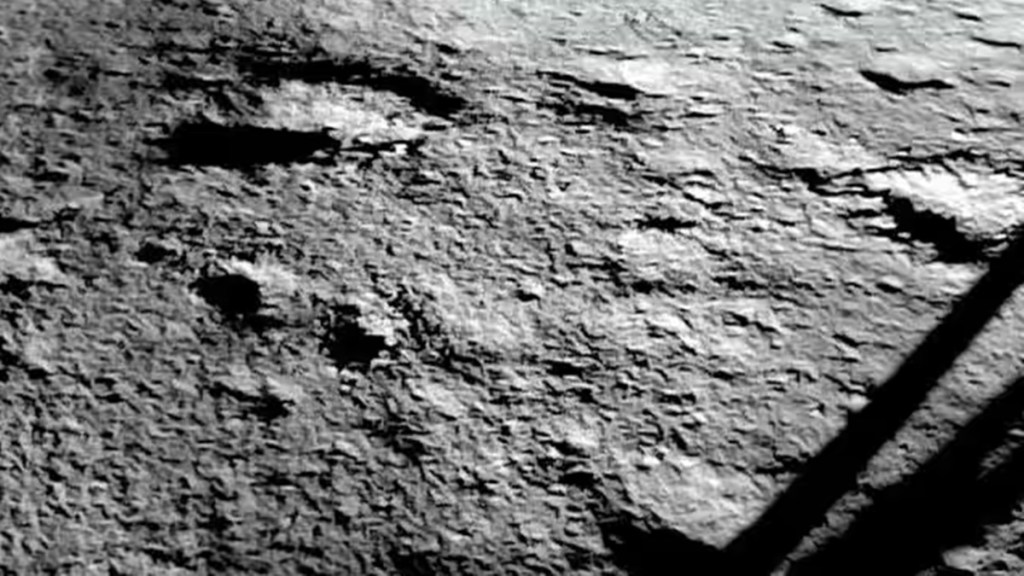In a major development, scientists working on remote sensing data of the Chandrayaan-1 lunar mission have come across high-energy electrons from the earth which may have resulted in the formation of water on the moon.
What study finds?
As per reports, a team of researchers in the United States from the University of Hawai’i have found that these electrons are resulting in weather processing, and dissolving of rocks and minerals on the moon. The study that has been published in the journal Nature Astronomy, suggests that electrons may have resulted in the formation of water on the earth’s natural satellite.
According to researchers, the latest finding findings on the lunar surface may also help in understanding the origin of the water ice that was earlier found in the shaded regions of the moon. It may be noted that India’s first Chandrayaan mission, which was launched in 2008, played a crucial role in finding water molecules on the Moon.
Formation of water on Moon
Importantly, similar wind, which consists of high-energy particles like protons, is one of the important ways through which water has been formed. The team probed the changes in surface weather on the moon, while it crosses through Earth’s magnetotail.
It may be noted that magnetotail is an area that covers the moon from solar wind but not the ]s light photons of the Sun.
“This provides a natural laboratory for studying the formation processes of lunar surface water,” Shuai Li, an assistant researcher at the UH Manoa School of Ocean, was quoted as saying by PTI.
He added, “When the Moon is outside of the magnetotail, the lunar surface is bombarded with solar wind. Inside the magnetotail, there are almost no solar wind protons, and water formation was expected to drop to nearly zero.”
The team analysed the remote sensing data from the Chandrayaan 1 satellite from 2008 and 2009. They studied the changes on the moon as it passed through Earth’s magnetotail, which also included a plasma sheet.
(With input from PTI)
